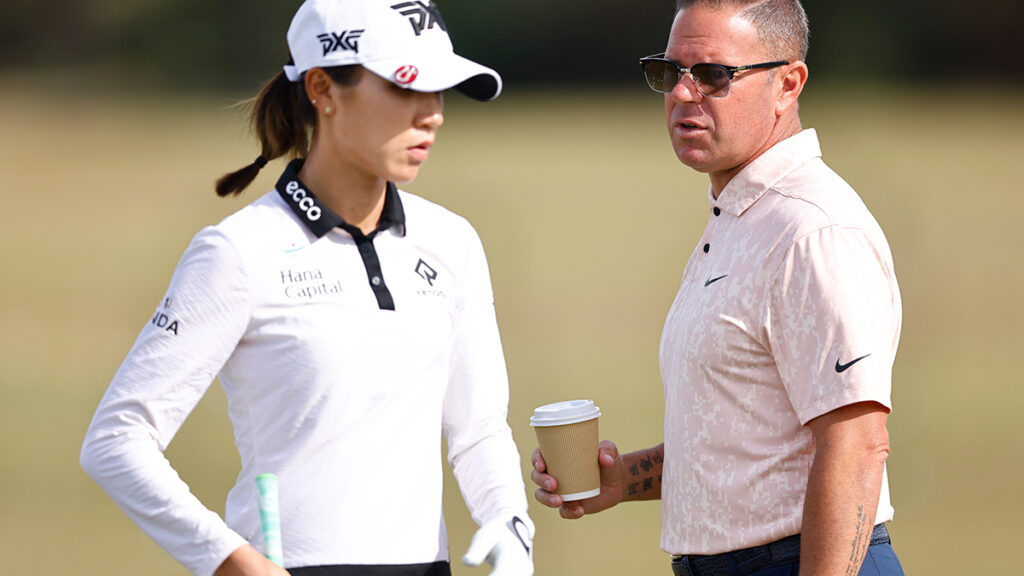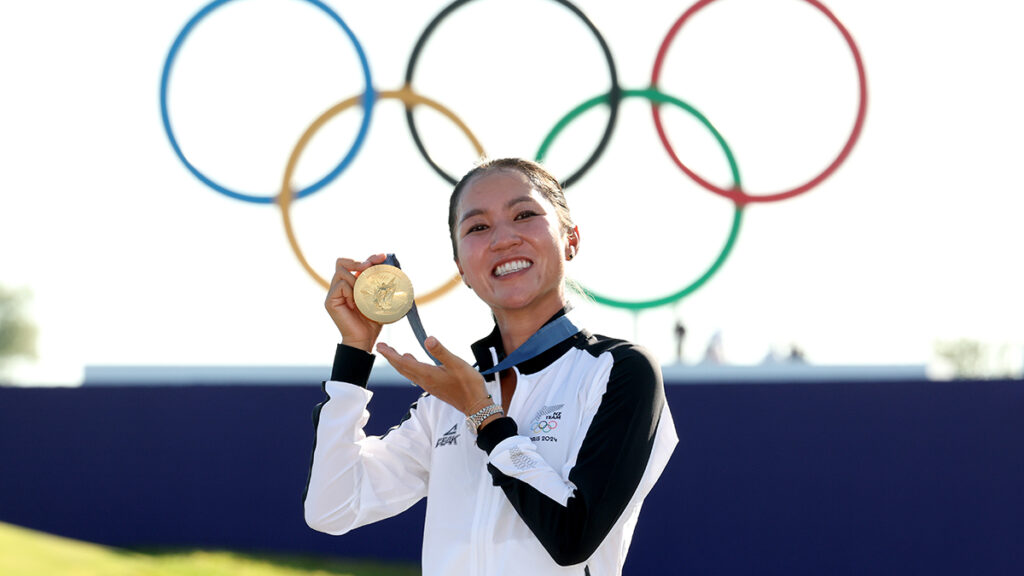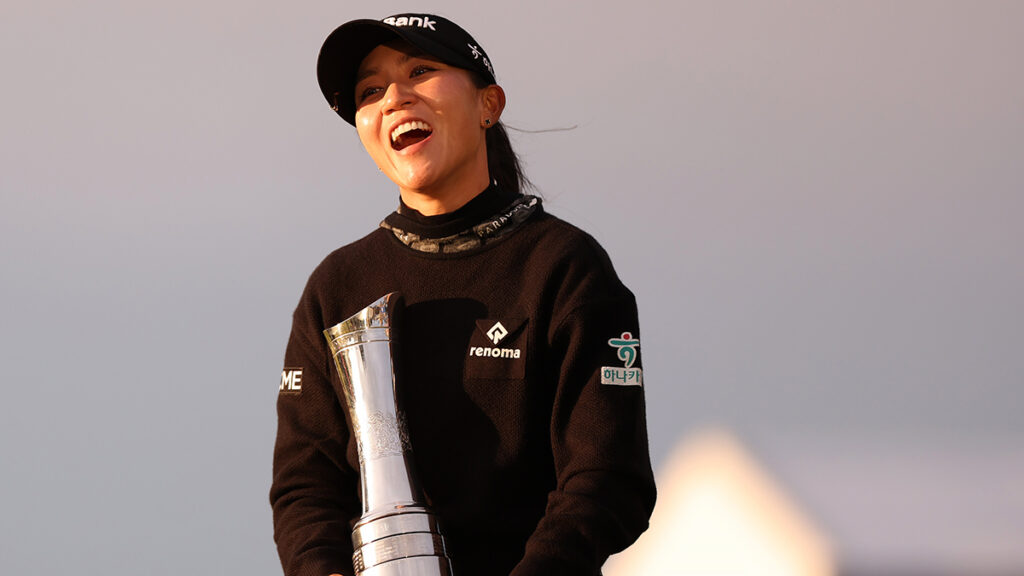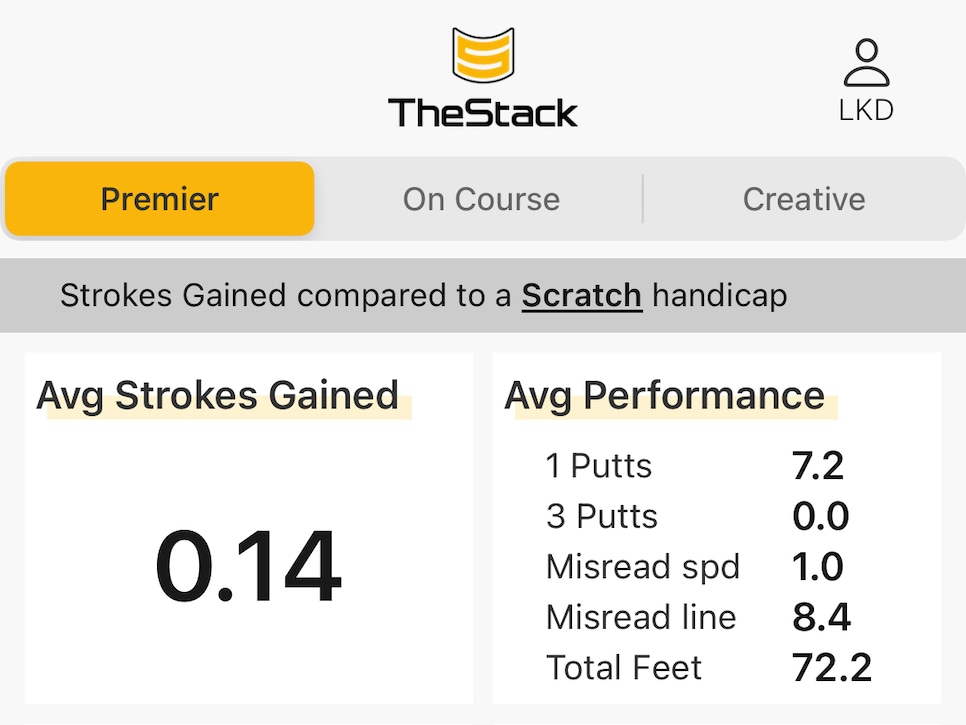Lydia Ko: In The Know – Australian Golf Digest

- by Admin
- November 13, 2024

Down but never out, Lydia Ko’s career resurgence is one for the ages.
There’s really no one in the history of golf like Lydia Ko.
First, there’s a pretty air-tight argument that Ko is the greatest very young player in golf history.
Yes, including Tiger Woods, who from the ages of 15 to 20 won three straight US Junior Championships followed by three straight US Amateurs. But in the 14 PGA Tour events he played as an amateur from 1992 to 1996, he made five cuts, with a best finish of T-22 at the 1996 British Open.
By comparison, Ko won a professional event as a 14-year-old amateur, the 2012 Women’s New South Wales Open. Then, still an amateur, she became the youngest to win on the LPGA Tour with the 2012 CN Canadian Open and repeated in 2013. After turning professional at the start of the 2014 season at age 16, she went on to win 12 events in her first three seasons, including two majors, and at age 17 became the youngest golfer of either gender to reach world No.1.
Indeed, as far as winning at the highest level at the youngest age, Ko’s closest historical rival is not Woods, but Young Tom Morris, who was 17 in 1868 when he won the first of four consecutive Open Championships.
But here’s the other thing about Lydia Ko. Just as she rose sooner, faster and higher than anyone else, she suffered a sudden and precipitous fall. Beginning in 2017, she won only twice in her next five seasons, and in 2020 sank as low as 55th on the Rolex Women’s World Golf Ranking.
The cause remains a mystery even to Ko, whose work ethic or outward zeal would never flag. Eyebrows were raised at the 2015 Australian Open, which she won at 17 and said in the same week that she intended to retire at age 30 with a plan to work in the field of psychology. “I was just fascinated about why I do certain things, why other people do certain things,” she would say later.
But why at such a young age, and in the midst of such a charmed start, would she see herself finished so soon?
Ko’s reversal of fortune would actually begin in the latter half of her most successful season, 2016. After winning the ANA Inspiration, she attempted to become only the third woman to win three majors championships in a row at the KPMG Women’s PGA Championship. But 18-year-old Brooke Henderson, who had caught Ko with a late rush, beat her in sudden death.
It was Ko’s first cruel defeat, and what in 2018 she called “my toughest moment”. Five weeks later, she took a one-stroke lead into the final round of the US Women’s Open at CordeValle. A double-bogey on the 63rd hole shook her, and she finished tied for third. When Ko was recently asked by reporter Claire Rogers to name the low of her career, she singled out the way she responded, saying “I was so flustered I kind of lost it on the last nine holes” when she still had a chance to win. “I wish I had a better mindset then.”
Ko won again the next week, but then played poorly the rest of the year. Afterwards, there was upheaval. She left instructor David Leadbetter, who had encouraged a swing change in 2016 that more easily produced a draw than her normal fade-favouring action, fired the caddie who had looped for 10 of her 14 victories and signed with a new club manufacturer.
The figure who plausibly was hurt the most from one of Ko’s changes, teaching professional Guy Wilson, her coach for her first 11 years in New Zealand, said in late August: “There are [golfers] that are happy just doing what they’re doing and maintaining their level, but like Tiger, Lydia, always wanted to be better. She always saw things that could be improved and if that meant changing the swing or changing the caddie (Ko had seven in her rookie year) or coach, it was one of the things that she’s done.”
On an LPGA podcast recently, Ko said, “sometimes you have to make what look like drastic decisions” in the interests of improving. She also conceded, in a profile last year in the British magazine, The Gentle Woman, “I’m pretty stubborn. Sometimes it might not be the best mindset to receive actual information… when someone is, like, ‘No,’ I’m like, ‘I’m right.’”

A RELUCTANT CHANGE
But by 2020, acknowledging that she was lost, Ko enlisted Sean Foley [above], who became her seventh coach in seven years. They worked to restore elements of Ko’s original motion and put more muscle on her slight frame. “She was utterly confused about her swing,” Foley said. “But I thought, She’s Lydia Ko. She can’t be that far off. She asked a lot of questions, and the more we talked, the fewer questions there were. Eighty percent of it was understanding herself better and forgiving herself for past mistakes. And then she started swinging better. And then it was like, She’s still Lydia Ko.”
Foley was referring to the 2022 season, when Ko, having picked up about 10 metres off the tee, won three times and returned to world No.1. It was a singular feat. Among the game’s Hall of Famers, only Gene Sarazen (two major wins at age 20) and Beth Daniel (two US Women’s Amateurs and 12 LPGA wins by 25) went through prolonged slumps to return to the very top of the game. Since 2010, several players of both genders who attained world No.1 early in their careers have suffered subsequent severe career downturns, including Jordan Spieth and Jason Day among men, and Jiyai Shin, Yani Tseng, Sun Hyun Park and Ariya Jutanugarn on the women’s side. Some of them have rebounded and some haven’t, but none ever returned to No.1. Except Ko.
At the end of ’22, Ko married Jun Chung, the son of Hyundai Card vice-chairman and chief executive Ted Chung, who worked in the San Francisco Bay Area. Ko’s new bicoastal residences meant spending less time in Orlando, leading to an amicable split with Foley. But Ko went without an official win in 2023, a season she described as emotionally difficult because of poor play, although an unofficial victory partnering with Day at the Grant Thornton Invitational turned on a light, and she started 2024 with a victory at Lake Nona.
It put her within one point of becoming the youngest ever to crack the rigid requirements of the LPGA Hall of Fame. And it looked like Ko would get in the very next week at the LPGA Drive On, until Nelly Korda went eagle-birdie on the last two holes of regulation to tie Ko and then beat her in a playoff.
Over the next several months, Ko played indifferently, often pressing for that last point. Conversations with Chung and her mother helped ease the tension, and while her A game still felt far away when she left for the Paris Olympics, Ko felt focused and positive.
Inspired by the event and the opportunity to add a gold (which would give her the final point she needed for the Hall of Fame) to the silver and bronze she had won in 2016 and 2020, Ko played three tightly controlled rounds to lead by one going into the final round. She led by five with seven to play when a short iron approach found water, but Ko closed out with guts and aplomb, making tough par putts until a birdie on the par-5 18th after a foreshadowing 70-metre wedge led to a clinching birdie.

It was a victory of mind over matter. “I was not in a good mental space,” Ko said, “and the way I was able to overcome that, that’s something I’m really proud of.”
Two weeks later, after a links warm-up at the Women’s Scottish Open where she finished ninth, Ko arrived at St Andrews for the AIG Women’s Open in a mental groove. She was unburdened, inspired by the opportunity at a first major in eight years on the game’s most hallowed ground, but in essence playing with house money.
Ko was also energised by the style of play, with opportunity for the improvisation and creativity at which she can excel. The home of golf became a moment of synergy, as Ko seemed to marshal all her accumulated mental and physical skills to be optimal at a magical moment.
She needed help from earlier leaders, of course, but Ko played her role beautifully, especially with some late virtuosity on four key shots in the final round: on the par-4 16th, a deft par recovery from greenside rough masterly played off a mound; on the timeless Road Hole, a punched 3-wood that sizzled low through the wind and rain to settle 15 feet away for an easy par; on the 18th, facing the same distance wedge shot with which she had closed out in Paris, Ko’s cleanly clipped, tight draw over the Valley of Sin spun to within eight feet. The putt, over the same tricky left-to-right break that broke Doug Sanders’ heart in 1970, was in all the way, drawing a modest but passionate fist pump from Ko.
Watching the events unfold on television, Foley was moved. “I had seen the same look on her face before,” he said. “She was clear. Completely in the moment. She believed she could, and she did.”

WRITING THE NEXT CHAPTER
What’s next for Ko? Well, she could retire now, pulling off the greatest career walk-off since another prodigy, Bobby Jones, completed the Grand Slam in 1930 at age 28.
However, her career numbers – now 22 career LPGA victories with three major championships (25th and equal 23rd all-time, respectively) – would be impressive, but not overwhelming. The three Olympic medals are remarkable, but not yet a time-tested historical measure.
True, Ko accomplished all her wins in 13 years, two as an amateur, 11 as a professional. Only Lorena Ochoa, with 27 career wins and two majors, and who actually did retire at 30, won more in a shorter amount of time (eight years) than Ko. Still, given Ko’s talent and the boost in confidence she’s received in the afterglow of Paris and St Andrews (she won again in late September at the Queen City Championship), leaving so soon would be premature.
And indeed, even before playing the Women’s Scottish Open at Dundonald, Ko seemed to be waffling. “I always said 30, but I said 30 like 10 years ago, and I don’t even know why I said 30 at that point,” she told Bunkered.com. (Ko will turn 30 in April 2027.)

The ambivalence continued in the whirlwind after the momentous victory at the Old Course. She first told Radio New Zealand that “I know for a fact I’m probably never playing past 30. What has happened in the past few weeks doesn’t change my timeline.”
The “probably” came in handy when Reuters later reported that Ko played coy about a renewed interest in completing the women’s career Super Grand Slam. With secured victories at the Chevron and Evian championships and the AIG Women’s Open, Ko needs the US Women’s Open and the Women’s PGA Championship to become the first to complete that five-pronged set – with an Olympic “Golden” attached to the front. What seemed out of the realm before St Andrews now seems worth chasing, and Ko when asked did not deny that a realistic opportunity might keep her playing beyond 30. “That is probably maybe like my new goal,” she said, adding yet another qualifier, “just because I always want to work towards something,”
Ko always has, in the interests of constant improvement. It hasn’t always worked, but when it has, the results have been spectacular, and never more than this year. Is it conceivable that all of it, the yo-yoing good and bad, has added up to a better than ever, and perhaps more motivated than ever, golfer?
Let’s hope.
MORE: Lydia Ko’s Favourite Drill Will Fix Your Swing
Feature Image: Donald Miralle/getty images
The Latest News
-
November 16, 2024Carlos Alcaraz issues ominous Novak Djokovic Australian Open prediction
-
November 16, 2024Australia 100/5 in 13.1 Overs | Australia vs Pakistan, 2nd T20I Live Score: Australia opt to bat against Pakistan – The Times of India
-
November 16, 2024Live updates: Australia looks to close out T20 series with second straight win over Pakistan
-
November 16, 2024Australia v Pakistan Twenty20 LIVE updates: Australia lose two early wickets in momentum shift
-
November 16, 2024Australia vs Pakistan Live Score: Australia score after 8 overs is 71/3





